Dry (wet!!) creek bed / french drain
lauren02 02
9 years ago
Featured Answer
Comments (9)
lauren02 02
9 years agolast modified: 9 years agolauren02 02
9 years agolast modified: 9 years agoRelated Professionals
Forest Park Landscape Architects & Landscape Designers · Kapaa Landscape Architects & Landscape Designers · Towson Landscape Architects & Landscape Designers · Caldwell Landscape Contractors · Fort Wayne Landscape Contractors · Lehigh Acres Landscape Contractors · Mequon Landscape Contractors · Reedley Landscape Contractors · Weymouth Landscape Contractors · Woodbury Landscape Contractors · Clermont Decks, Patios & Outdoor Enclosures · Conroe Decks, Patios & Outdoor Enclosures · Liberty Decks, Patios & Outdoor Enclosures · Springfield Decks, Patios & Outdoor Enclosures · Glenvar Heights Swimming Pool BuildersYardvaark
9 years agolast modified: 9 years agolauren02 02
9 years agolast modified: 9 years agoYardvaark
9 years agolast modified: 9 years agoYardvaark
9 years agolast modified: 9 years agolauren02 02
9 years agolast modified: 9 years agoYardvaark
9 years agolast modified: 9 years ago
Related Stories

LANDSCAPE DESIGNDitch the Ordinary Ditch: Create a Realistic Dry Creek Bed
Here’s how to turn your water runoff system into an eye-catching accent for your landscape
Full Story
BATHROOM DESIGNHow to Choose the Best Drain for Your Shower
Don't settle for a cheap fix when you can pick a shower drain that suits your style preferences and renovation codes alike
Full Story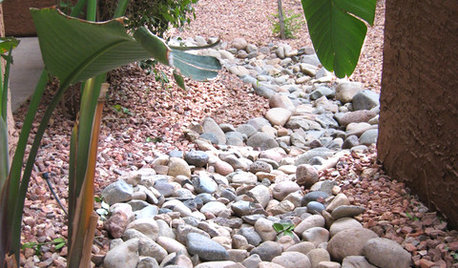
GARDENING AND LANDSCAPINGDry Riverbeds Solve Water Runoff
Spring rains don't have to lead to slides. Dry riverbeds redirect water runoff and add beauty to your landscape
Full Story
LANDSCAPE DESIGNGarden Walls: Dry-Stacked Stone Walls Keep Their Place in the Garden
See an ancient building technique that’s held stone walls together without mortar for centuries
Full Story
GARDENING GUIDESGardening Solutions for Dry, Sandy Soils
Has your desert or beachy site withered your gardening creativity? Try these ideas for a beautiful, easy-care landscape
Full Story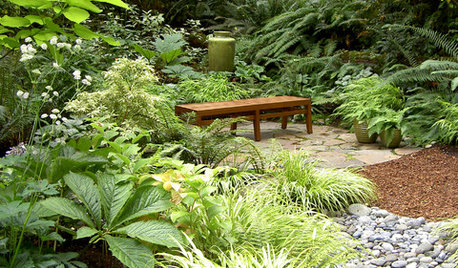
GARDENING GUIDESGreat Garden Combo: 6 Beautiful Plants for a Shady, Wet Site
Transform a shade garden with moisture-loving golden grasses, textural leaves and a sprinkling of flowers
Full Story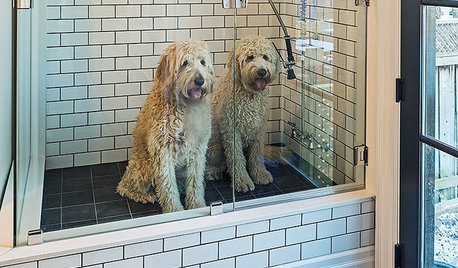
THE HARDWORKING HOME8 Laundry Room Ideas to Watch For This Year
The Hardworking Home: A look at the most popular laundry photos in 2014 hints that dog beds, drying racks and stackable units will be key
Full Story
BATHROOM DESIGNLovely Little Luxuries: Pamper Yourself With Towel Warmers
Heat your robes, dry delicates and wet mittens — with these warmers around, toasty treats go beyond just towels
Full Story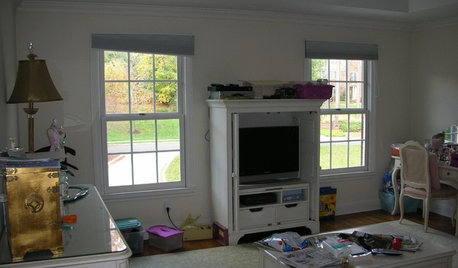
BEDROOMSBefore and After: French Country Master Suite Renovation
Sheila Rich helps couple reconfigure dark, dated rooms to welcome elegance, efficiency and relaxation
Full Story
GARDENING GUIDES10 Solutions for Soggy Soil
If a too-wet garden is raining on your parade, try these water-loving plants and other ideas for handling all of that H2O
Full StoryMore Discussions






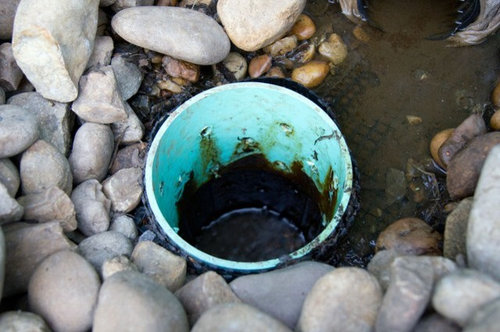

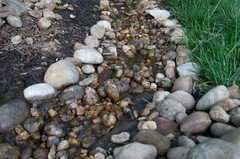
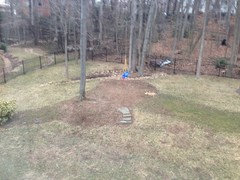
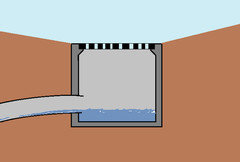
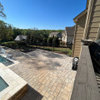
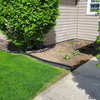


lauren02 02Original Author